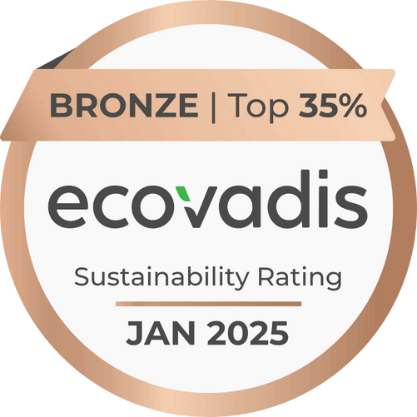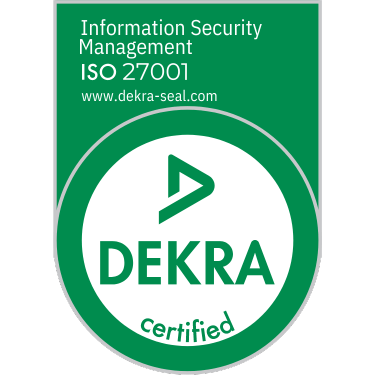Lithography: Paving the Way for Technological Advancement and Autonomy
The history and future of lithography, and China’s response to EUV export restrictions
Cutting-edge lithography techniques are pivotal in propelling semiconductor progress. Notably, China's SMIC accomplished a 7nm process sans EUV, previously considered improbable, leveraging alternative lithography methods.
Explore this eBook delving into the array of lithography techniques prevalent in consumer electronics, profiling key stakeholders in lithography R&D, and examining China's strategies amidst EUV limitations.
Lithography: Paving the Way for Technological Advancement and Autonomy
Evolution of Lithography
Lithography: The Engine Behind Technological Progress
Advanced lithography techniques drive modern technology forward by enabling the printing of ultrafine features on chips, facilitating the development of cutting-edge devices.
EUV Lithography and Global Dynamics
EUV lithography stands out as the leading-edge technique for fabricating the world's most advanced chips. However, restrictions on technology transfer, such as those imposed by the US on Chinese entities, have spurred unexpected innovation dynamics and reshaped global semiconductor dynamics.
Innovation Amidst Constraints
Despite limitations imposed by geopolitical tensions, innovation in semiconductor manufacturing persists. China's SMIC's achievement of the 7nm process without EUV demonstrates the resilience and adaptability of the industry, highlighting how constraints can often catalyze breakthroughs.
Navigating the Lithography Landscape
This ebook delves into the intricate world of lithography techniques, exploring both established methods and those undergoing intensive research and development. It provides insights into patent landscapes, shedding light on key players shaping the future of semiconductor manufacturing, and examines China's strategic response to EUV restrictions, offering valuable perspectives on the evolving semiconductor ecosystem.
Register now to access our FREE ebook, and equip yourself with the knowledge of lithography.
Lithography: Paving the Way for Technological Advancement and Autonomy
Table of Contents
SMIC achieves 7nm process technology
Explore the intricacies of deep ultraviolet (DUV) techniques and self-aligned quadruple patterning (SAQP) within semiconductor manufacturing.
Lithography for semiconductors – origin and evolution
Examine the progression of equipment and techniques since 1960 culminating in ASML's Extreme Ultraviolet (EUV) technology.
Lithographic methods in practice – TechInsights’ analysis of Samsung’s 5LPE process
An in-depth analysis of Samsung's 5LPE process, offering insights into the practical application of lithographic methods
Nano-imprint lithography and direct self-assembly lithography
Explore the foremost alternatives to EUV, including NIL, DSA, and EBL.
Exploring advanced lithography innovation in patents
Analyze patent counts for companies leading R&D in EUV technology and its alternatives, both in China and the rest of the world









